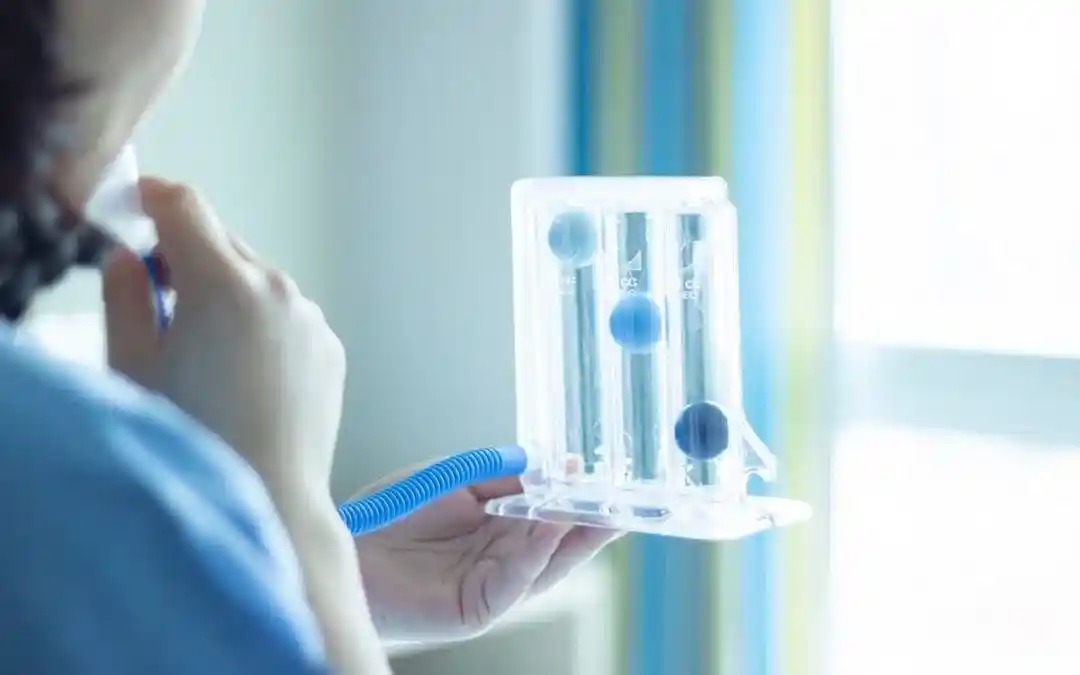With the introduction of new CPT® codes for remote therapeutic monitoring (RTM) in 2022, more and more providers are taking notice of this new method for managing patient health at home. And since these codes specifically cover the digital management of musculoskeletal therapy and respiratory care, a number of different remote therapeutic monitoring devices are available for that purpose.
In the months and years to come, it will be increasingly necessary for providers to leverage the RTM model not only to provide better care to patients, but also to keep up with competing practices and care organizations. So, in addition to our earlier detailed overview of the topic, and industry-first RTM success story, we’ll continue our walkthrough of this important topic with an overview of RTM devices.
> In case you missed it, you can check out our original overview of remote therapy monitoring here.
What medical devices are used for remote therapeutic monitoring?
So, what medical devices are used for remote therapeutic monitoring? Since this new care management model is centered on respiratory and musculoskeletal monitoring and management, the devices used to administer that care have most often included RPM weight scales and remote spirometers. Let’s take a closer look at each of these remote therapeutic monitoring devices, as well as their specific use cases.
How is an RPM weight scale used as a remote therapeutic monitoring device?
As we’ve discussed here at the CareSimple blog, an RPM weight scale is a device that gives patients an easier way to measure their weight at home, while providing valuable, timely information to providers for the better management of patient care. Traditionally used in remote physiologic monitoring (RPM) and chronic care management (CCM), the RPM weight scale also has the potential to become a key component in remote therapy.
Among RTM codes, CPT code 98977 is specifically designed to reimburse qualified healthcare professionals for the use of “remote therapeutic monitoring (e.g., respiratory system status, musculoskeletal system status, therapy adherence, therapy response); device(s)” to manage musculoskeletal health. And that’s a process in which regular weight readings can play a central role.
> How can healthcare providers make the best decision when choosing an RPM scale? Find out here.
How is an RPM spirometer used as a remote therapeutic monitoring device?
A remote spirometer is a medical device that offers a convenient way for patients to measure rehire forced expiratory volume (FEV) and other calculated data at home. And, in line with current industry standards for RPM devices, this data is then synchronized in near real-time with a larger RTM platform, and then to the physician’s EHR.
Most of the new RTM codes specifically cover reimbursement for respiratory system monitoring — exclusively so, in the case of CPT 98976. For this reason, remote spirometers have become key remote therapeutic monitoring devices, useful in managing patients with respiratory conditions like chronic obstructive pulmonary disease (COPD) and chronic asthma.
> What are the current CPT codes for remote therapy monitoring? Find out here.
What other remote therapeutic monitoring devices should be on your radar?
The RPM scale and spirometer are the most widely used remote RTM devices in the traditional sense. However, the term “medical device” also encompasses other types of digital tools, such as a mobile app or desktop interface. For this reason, some of the RTM codes are reimbursed based on virtual visits between providers and care teams — teleconference, or even telephone calls.
This has opened the door for RTM reimbursement for basic care in the management of musculoskeletal and respiratory conditions. And that means physical therapists (PTs), occupational therapists (OTS), and other specialists have a new option to receive reimbursement for the care they provide patients, as long as it involves remote monitoring or is managed on a digital or remote basis.
So, although a number of traditional medical devices can be used to deliver RTM, it’s also important to note that those types of devices aren’t always required. And for providers looking for some inspiration on how to combine technology, medical devices and these new reimbursement opportunities, a recent RTM success story reported here at the CareSimple blog can offer some valuable insights.
For Jessica Jaros, Vice President of Clinical Operations for Qorum Partners and a registered RT, the new RTM codes offered a real breakthrough in patient care. In just a few weeks, some of the COPD patients under her care experienced “tremendous progress,” including sharp increases in inspiratory volume, the ability to walk distances they hadn’t in years, and lower levels of anxiety.
“THIS is why I got into healthcare,” she told us. “Seeing these improvements on patients, just makes it all worth it.”
You can read more about Jessica’s RTM programs here. And if you have any other questions about using remote therapeutic devices in your organization, contact us today to learn more from a CareSimple expert.
Try out a CareSimple remote therapeutic monitoring device
If you’re looking for a proven, FDA-approved medical device for your patient care needs, we invite you to request a free sample from CareSimple to discover why we lead the industry in remote care devices.
